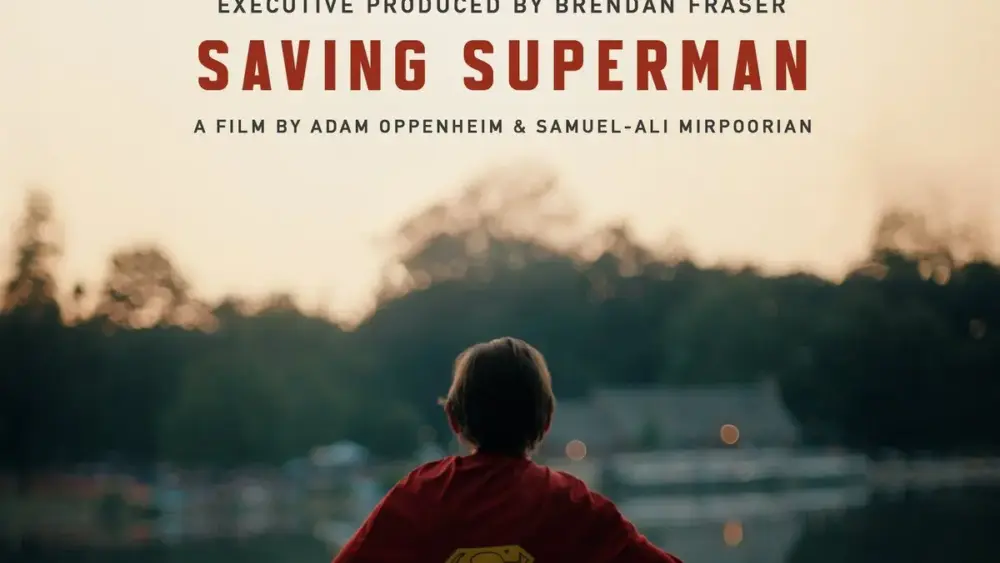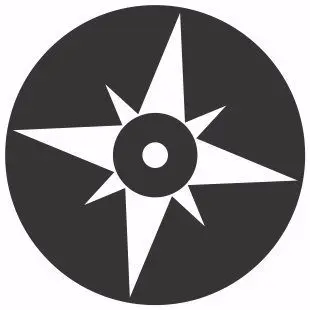
In a significant stride toward enhancing public safety, Alberta has finalized more flood maps in the past five years than in the previous thirty-five combined.
Since 2020, over 1,850 kilometers of flood mapping have been completed, covering 70 municipalities and five First Nations.
This initiative is part of the government’s commitment to complete more than 3,000 of new and updated flood mapping by 2028.
Flood maps are crucial for understanding potential flood zones, aiding in emergency preparedness, and guiding safe development and farming practices.
Minister of Environment and Protected Areas, Rebecca Schulz, emphasized the importance of this effort, stating, “We’ve seen firsthand that floods can destroy homes, damage businesses, and devastate communities, which is why we’re completing flood maps at a record pace to help communities plan better and keep Albertans safe.”
The initiative has garnered support from municipal leaders.
Dana Mackie, CEO of Alberta Municipalities, highlighted the benefits of expanded flood mapping, noting that reliable flood information strengthens community safety and resilience while supporting fairer insurance rates.
Similarly, Kara Westerlund, president of Rural Municipalities of Alberta, underscored the necessity of accurate flood risk data for balancing economic growth, community safety, and environmental conservation.
This accelerated flood mapping effort reflects Alberta’s proactive approach to mitigating flood risks and safeguarding its communities.
Nearly 600 kilometres of draft flood mapping for the communities of Carbon, Chateh, Crowsnest Pass, Edson, Garden River, Grande Prairie, Kinuso, Lacombe, Lamont, Lethbridge, Manning, Millet, Paddle Prairie, Peers, Ponoka, Robb, Rycroft, Thorsby, Two Hills, and Watino are expected to be completed over the next two years.





